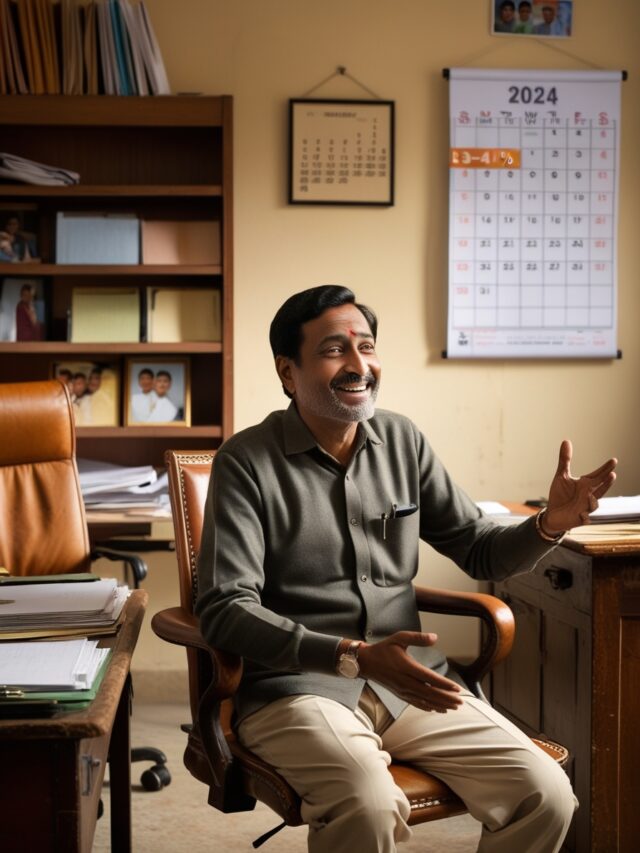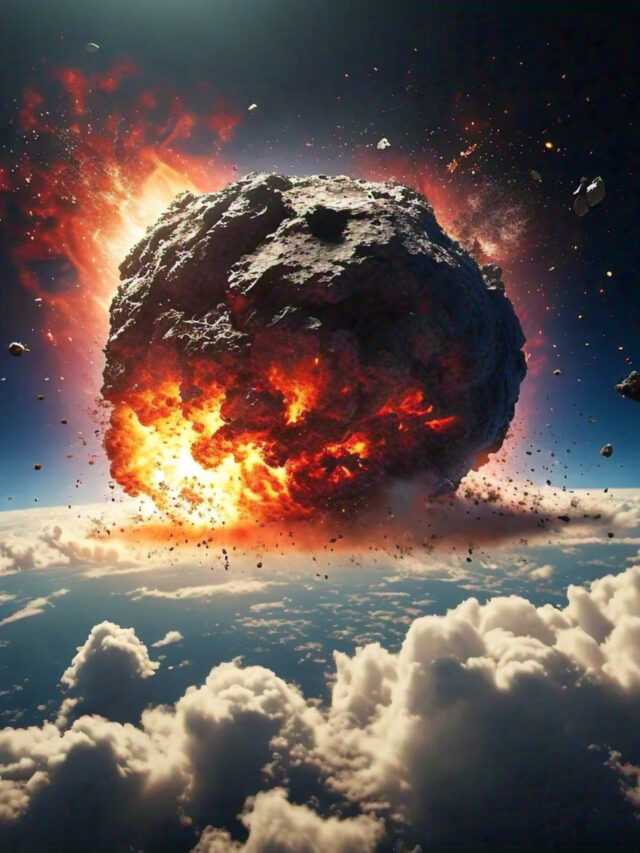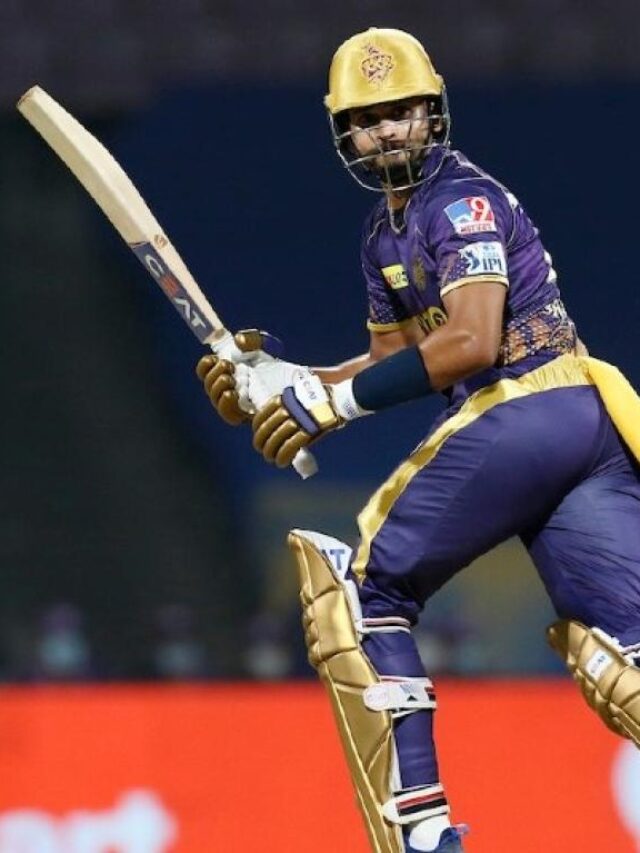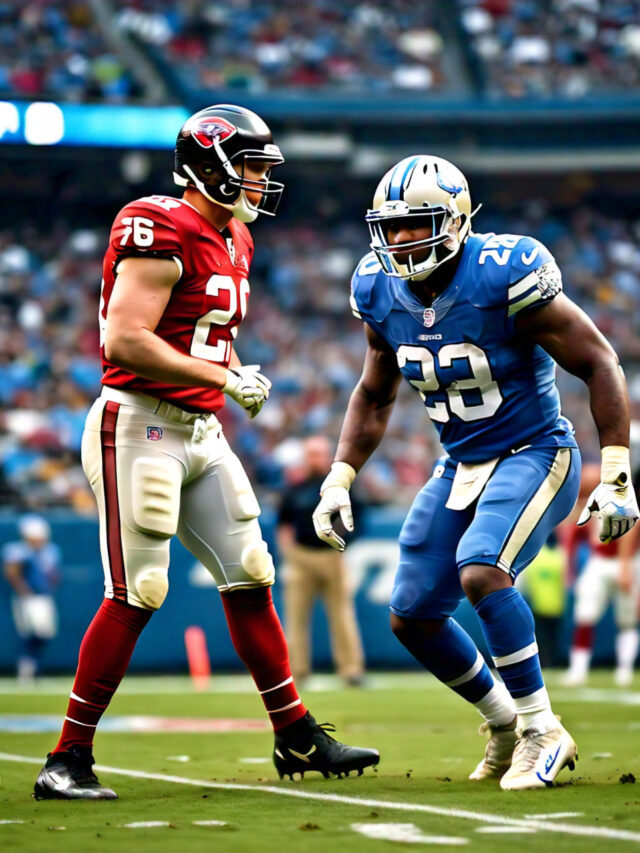
Art and Architecture of India (600-1000 AD) in India witnessed a remarkable confluence of diverse artistic and architectural styles, reflecting the rich cultural tapestry of the subcontinent. This epoch marked the ascendancy of several influential dynasties, each contributing distinct elements to the artistic landscape. From the intricate cave temples of Ajanta to the grand structural marvels like the Shore Temple in Mahabalipuram, this era encapsulates the synthesis of indigenous styles and foreign influences. The interplay of Hindu, Buddhist, and Jain themes is evident in the sculptural and architectural masterpieces that stand testament to the cultural dynamism of the time.
MCQs with Answers and Explanations:
Q1: At which of the following places were Jain and Brahmanical (Saiva and Vaishnava) temples erected in the typical Aryavarta style during medieval India?
1. Mathura
2. Ujjain
3. Kashi
4. Khajuraho
Show Answer
Answer: 4
Explanation: During the period from 600 A.D. to 1000 A.D., Hindu monarchs in India competed with each other to build magnificent temples. They sought to outdo one another in the grandeur and number of temples they constructed. This era witnessed the construction of numerous temples, reflecting the patronage and dedication of Hindu rulers to their respective deities. In Khajuraho, for example, both Jain and Brahmanical temples, dedicated to deities like Shiva and Vishnu, were built in the typical North Indian Aryavarta architectural style, featuring intricate carvings and intricate designs.
Q2: At which of the following places were 16 Brahmanical and Jain temples found belonging to the medieval period?
1. Jaipur
2. Mount Abu
3. Jodhpur
4. Ajmer
Show Answer
Answer: 3
Explanation: The small village of Osia, located near Jodhpur, is known for its remarkable collection of sixteen Brahmanical and Jain temples. Among these temples, eleven are situated on the outskirts of the village, while the remaining are perched on a hill to the east of the village. These temples are fine examples of architectural and sculptural excellence in Rajasthan during the early medieval period.
Q3: Which of the following are examples of rock-cut temples built in the northern style?
1) Damnar, 50 miles southeast of Jhalrapatan.
2) Masrur in the Kangra District of Himachal Pradesh.
Select the correct option from the codes given below:
1. Only 1
2. Only 2
3. Both 1 & 2
4. Neither 1 nor 2
Show Answer
Answer: 3
Explanation: Two examples of rock-cut temples built in the northern style during the medieval period are Damnar and Masrur. Damnar is situated approximately 50 miles southeast of Jhalrapatan, while Masrur is located in the Kangra District of Himachal Pradesh. These temples, carved out of rock, represent the artistic and architectural achievements of their time.
Q4: During which period was the beautiful temple of Surya at Modhera in the former Baroda state constructed?
1. 9th century
2. 10th century
3. 11th century
4. 12th century
Show Answer
Answer: 3
Explanation: The Sun temple at Modhera, constructed in the 11th century, is a significant architectural and cultural site. Similar to other famous Sun temples like Martand in Kashmir and Konarak in Orissa, the Modhera Sun temple boasts impressive structural and artistic features. However, like many ancient monuments, it has also suffered from vandalism over the years.
Q5: In which century was the Muktesvara temple of Orissa built?
1. 6th century AD
2. 8th century AD
3. 9th century AD
4. 10th century AD
Show Answer
Answer: 4
Explanation: The Muktesvara temple, located in Orissa, is believed to have been built in the mid-10th century AD. It is considered a masterpiece of Orissan architecture. The temple exhibits a harmonious and elegant design, with various architectural elements finely balanced and meticulously arranged.
Q6: At which of the following places are stone sculptures of the Pala school found?
1. Nalanda
2. Rajagriha
3. Bodh Gaya
4. Raj Shahi
Select the correct option from the codes given below:
1. Only 1 & 2
2. Only 1, 2 & 3
3. Only 2, 3 & 4
4. 1, 2, 3, & 4
Show Answer
Answer: 4
Explanation: During the medieval period, Nalanda was a major center for the eastern school of sculpture in the 9th and 10th centuries. Stone sculptures associated with the Pala school can be found not only in Nalanda but also in other locations like Rajagriha, Bodh Gaya, Raj Shahi, and Khichanga in Mayurbhanj. These sculptures reflect the artistic and cultural richness of the region during that era.
Q7: Which of the following characteristics were present in the temples constructed in Kashmir during the medieval period?
1. These temples had a big Sikhara.
2. These temples had no columned hall but only the main cella.
Select the correct option from the codes given below:
1. Only 1
2. Only 2
3. Both 1 & 2
4. Neither 1 nor 2
Show Answer
Answer: 3
Explanation: The correct characteristics of the temples constructed in Kashmir during the medieval period are:
These temples had a big Sikhara.
These temples had no columned hall but only the main cella.
So, the correct option is:
Both 1 and 2.
Q8: At which of the following places did Avantivarman build his new capital?
1. Avantipur
2. Ujjain
3. Srinagar
4. Mathura
Show Answer
Answer: 1
Explanation: Avantivarman, the founder of the Utpala dynasty, ruled Kashmir from 855 C.E. to 883 C.E. and built the famous Avantiswami Temple. He established his new capital at Avantipur, which is located 18 miles from Srinagar.
Q9: Which of the following temples is considered to be the earliest temple of Bhubaneswar?
1. Mukteshwara temple
2. Parasuramesvara temple
3. Lingraj Temple
4. Brahmeshwar Temple
Show Answer
Answer: 2
Explanation: From the 7th century AD to the 13th century AD, Bhubaneswar, in Orissa, witnessed extensive temple construction. The Parasuramesvara temple, constructed around 750 AD, is considered one of the earliest temples in Bhubaneswar. The city is renowned for its architectural heritage and remains a hub of temple architecture in India.
Q10: Which of the following authors wrote Kadambarikathasara?
1. Abhinanda
2. Jinasena
3. Rajanaka Ratnakar
4. Sanmitracharita
Show Answer
Answer: 1
Explanation: Abhinanda, the son of Jayantabhatta and a Sanskrit scholar and poet, wrote the famous Kadambarikathasara in the 9th century AD.
Q11: Which of the following authors wrote Navasahasankacharita?
1. Padmagupta
2. Jinasena
3. Sanmitracharita
4. Abhinanda
Show Answer
Answer: 4
Explanation: Abhinanda was the author of Navasahasankacharita. He was a Sanskrit poet and the court poet of Paramara king Shankaravarma of Mahodayapura.
Q12: Which of the following authors wrote Alarnkarasarasamgraha?
1. Anandavardhana
2. Udbhat
3. Ahinavagupta
4. Rudrata
Show Answer
Answer: 2
Explanation: Udbhat, an important writer on Sanskrit meters, wrote Alarnkarasarasamgraha. He flourished in the second half of the 8th century AD.
Q13: Which of the following is the author of the play Chudamani?
1. Bhavabhuti
2. Saktibhadra
3. Murari
4. Hastimalla
Show Answer
Answer: 2
Explanation: Saktibhadra, a classical Sanskrit writer from ancient Kerala, wrote the play Chudamani. It is the first Sanskrit drama from South India.
Q14: Which of the following authors wrote Sabdansusana?
1. Bhavabhuti
2. Saktibhadra
3. Hastimalla
4. Sakatayana
Show Answer
Answer: 4
Explanation: Sakatayana, a Jain writer from the 9th century AD, wrote Sabdansusana. He lived during the reign of Rashtrakuta ruler Amoghavarsha and was the founder of a new school.
Q15: Which of the following was the author of Dhvanyolaka?
1. Udbhat
2. Anandavardhana
3. Ahinavagupta
4. Rudrata
Show Answer
Answer: 2
Explanation: Dhvanyolaka was composed by Anandavardhana in the 9th century AD. Anandavardhana was the champion of the Dhvani school and his work focuses on the concept of suggestion or Dhvani in literature.
Q16: Which of the following epics are written by Vasudeva?
1. Yudhishthiravijaya
2. Sauri-kathodaya
3. Tripuradahana
Select the correct option from the codes given below:
1. Only 1
2. Only 1 & 2
3. Only 2 & 3
4. 1, 2, & 3
Show Answer
Answer: 4
Explanation: Vasudeva, a poet of the Yamaka school, wrote three long epics: Yudhishthiravijaya, Sauri-kathodaya, and Tripuradahana. These works are notable contributions to Sanskrit literature.
Q17: Which of the following authors composed Janakiharana?
1. Padmagupta
2. Kumaradasa
3. Sanmitracharita
4. Abhinanda
Show Answer
Answer: 2
Explanation: Kumaradasa, also known as Natha Kumara and Kumaradatta, is the author of the Sanskrit Mahakavya called Janakiharana or Janaki’s abduction. This work is a significant piece of classical Sanskrit literature.
Q18: Which of the following rhetoricians belong to the Medieval period?
1. Udbhat
2. Vamana
3. Anandavardhana
4. Ahinavagupta
Select the correct option from the codes given below:
1. Only 1 & 2
2. Only 2 & 3
3. Only 1, 3 & 4
4. 1, 2, 3, & 4
Show Answer
Answer: 4
Explanation: Several great poets and rhetoricians belonged to the medieval period, including Udbhat, Vamana, Rudrata, Anandavardhana, Ahinavagupta, and Kuntaka or Kuntala. They made valuable contributions to Sanskrit literature and rhetoric.
Q19: Which of the following wrote Sarasvali?
1. Prithusvami
2. Bhattotpala
3. Vijavanandi
4. Kalyanavarman
Show Answer
Answer: 4
Explanation: Kalyanavarman wrote Sarasvali, an important work of the tenth century AD. It is recognized for its contribution to Sanskrit literature.
Q20: Which of the following wrote his commentary on the Manusmriti?
1. Visvarupa
2. Bharuchi
3. Medhatithi
4. Yogloka
Show Answer
Answer: 3
Explanation: Medhatithi (825-900 AD) was the first Sanskrit scholar to write a commentary on the Manusmriti, which is a part of the Hindu Dharmashastras. His commentary provided insights into the laws and traditions of ancient India.
Q21: Tattavakaumudi, Tattvasaradi, Nyayavarttikatatparyatika, Nyayasuchini-bandha, Nyayasutroddhara, Nyayakanika, and Tattvabindu are works of which of the following writers?
1. Bhoja
2. Vachaspatimisra
3. Udayana
4. Jayanta
Show Answer
Answer: 2
Explanation: Tattavakaumudi, Tattvasaradi, Nyayavarttikatatparyatika, Nyayasuchini-bandha, Nyayasutroddhara, Nyayakanika, and Tattvabindu are works of Vachaspatimisra. He was one of the greatest names in medieval philosophy and wrote independent treatises on some of the Darshanas.
Q22: The writers named Prithusvami, Bhattotpala, and Vijavanandi belong to which of the following centuries?
1. 9th
2. 10th
3. 11th
4. 12th
Show Answer
Answer: 2
Explanation: Writers like Prithusvami, Bhattotpala, and Vijavanandi belonged to the tenth century and made notable contributions in their respective fields.
Q23: Which of the following was the author of Yogasutra?
1. Patanjali
2. Bhaskaracharya
3. Kasyapa
4. Vrinda
Show Answer
Answer: 1
Explanation: The author of Yogasutra is Patanjali. This ancient text contains 196 Sanskrit sutras that provide guidance on the theory and practice of yoga.
Q24: Which of the following was the author of Rajamartanda?
1. Bhoja
2. Jayanta
3. Nathamuni
4. Yamunacharya
Show Answer
Answer: 1
Explanation: Bhoja, a king from the Paramara dynasty, wrote Rajamartanda. He is well-known for his patronage of scholars and contributions to literature.
Q25: Which of the following wrote Yogavarttika and Yogasarasamgraha?
1. Vijnanabhikshu
2. Udayana
3. Jayanta
4. Nathamuni
Show Answer
Answer: 1
Explanation: Vijnanabhikshu, a Hindu philosopher from Bihar, wrote Yogavarttika and Yogasarasamgraha, which are significant works in the field of yoga and philosophy.
Q26: Which of the following wrote Lilavati?
1. Bhaskaracharya
2. Munjala
3. Nagarjuna
4. Kalidas
Show Answer
Answer: 1
Explanation: Lilavati was indeed written by Bhaskaracharya. It is a treatise on mathematics and was named after Bhaskaracharya’s daughter. The book primarily contains definitions, arithmetical terms, and interest computation.
Q27: Which of the following wrote Rasaratnakara?
1. Madhavakar
2. Nagarjuna
3. Sridhara
4. None of the above
Show Answer
Answer: 2
Explanation: Nagarjuna, an Indian metallurgist and alchemist from the seventh or eighth century AD, wrote Rasaratnakara. This work details methods for extracting metals like gold, silver, tin, and copper.
Q28: Brihanmanasa was written by which of the following?
1. Bhaskaracharya
2. Nagarjuna
3. Manu
4. Balabhadra
Show Answer
Answer: 3
Explanation: Brihanmanasa was written by Manu in the last quarter of the ninth century. Laghumanasa, composed by Munjala around 932 AD, is based on Brihanmanasa.
Q29: Which of the following wrote Aryasiddhanta?
1. Balabhadra
2. Aryabhata II
3. Prithusvami
4. Bhattotpala
Show Answer
Answer: 2
Explanation: Aryabhata II, an important author of the medieval age, wrote Aryasiddhanta, a lost work on astronomical computations.
Q30: Which of the following dramas were written by Rajasekhara?
1. Balaramayana
2. Mahaviracharita
3. Viddhasalabhanjika
4. Karpuramanjari
Select the correct option from the codes given below:
1. Only 1 & 2
2. Only 2 & 3
3. Only 1, 3 & 4
4. 1, 2, 3, & 4
Show Answer
Answer: 3
Explanation: Rajasekhara, the court poet of the Gurjara Pratiharas, composed four dramas: Balaramayana, Viddhasalabhanjika, and Karpuramanjari. Mahaviracharita is not attributed to him.
Q31: Which of the following wrote Lilavati?
1. Bhaskaracharya
2. Munjala
3. Nagarjuna
4. Kalidas
Show Answer
Answer: 1
Explanation: Lilavati was written by Bhaskaracharya. It is a treatise on mathematics, and Lilavati was the name of Bhaskaracharya’s daughter. The book mainly contains definitions, arithmetical terms, and interest computation.
Q32: Which of the following dramas were written by Bhavabhuti?
1. Malatimadhava
2. Mahaviracharita
3. Uttara Ramacharita
Select the correct option from the codes given below:
1. Only 1
2. Only 2 & 3
3. Only 1 & 3
4. 1, 2, & 3
Show Answer
Answer: 4
Explanation: Bhavabhuti, an 8th-century scholar, is known for his plays and poetry written in Sanskrit. He wrote three dramas: Malatimadhava, Mahaviracharita, and Uttara Ramacharita.
Q33: Which of the following was the author of Dhatupradipa?
1. Bhavabhuti
2. Saktibhadra
3. Maitreyarakshita
4. Hastimalla
Show Answer
Answer: 3
Explanation: Maitreyarakshita, a Buddhist writer and grammarian from the eastern part of India, lived in the middle of the twelfth century. He is the author of Dhatupradipa.







